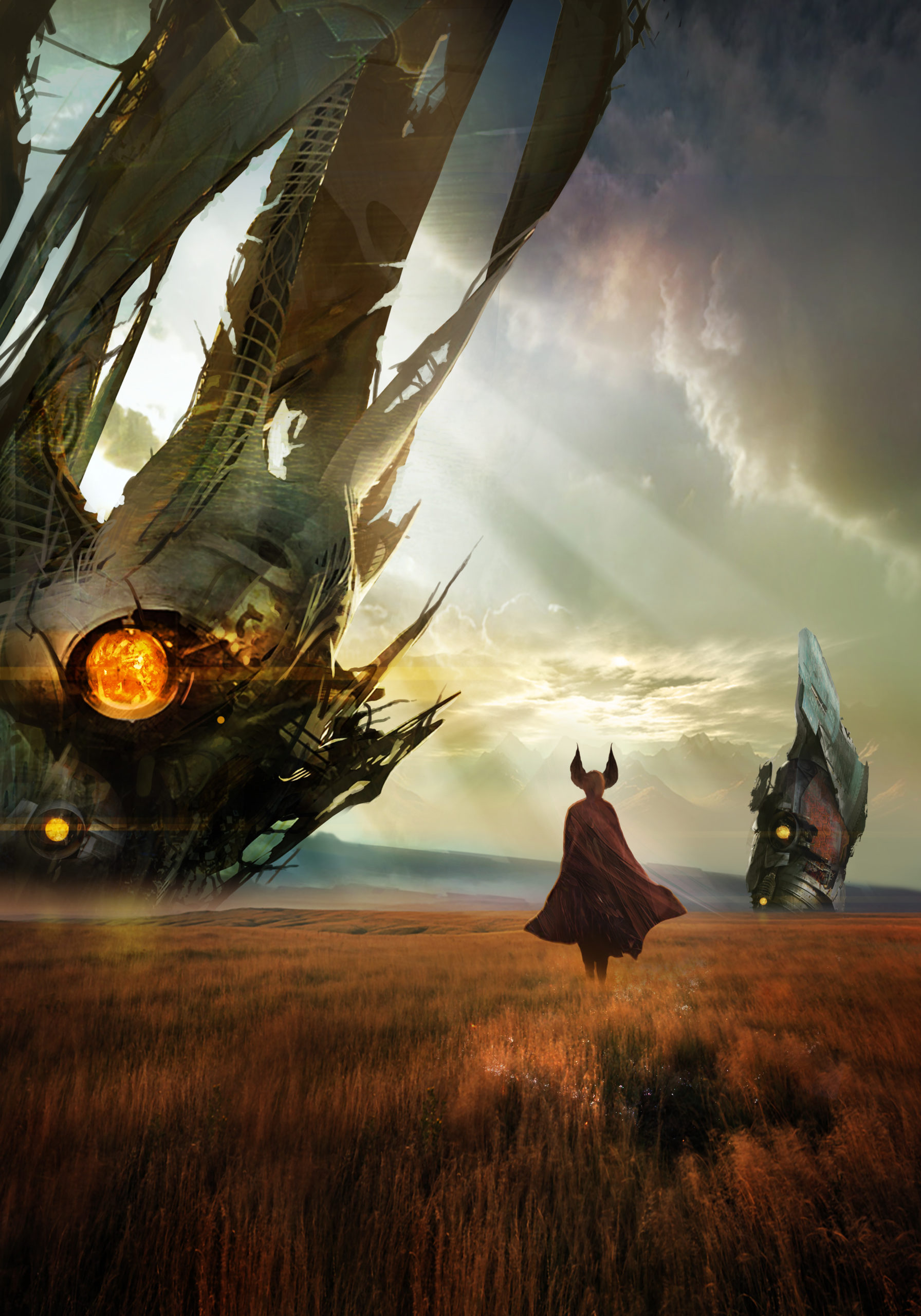
Who is Perry Rhodan? He is the central figure of an epic Science Fiction phenomenon and inspire planners and designers.
Billboard
Skyscrapper
Halfpage
Who is Perry Rhodan? He is the central figure of an epic Science Fiction phenomenon created by German-speaking authors. Published weekly in pulp magazine format since 1961 with colorful covers depicting futuristic landscapes, Perry Rhodan’s 3000th issue now hits the newsstands. Science Fiction is gaining importance for contemporary planning efforts, and both SF literature and its images inspire planners and designers by offering fantastic visions of speculative futures and humanity’s cosmic destiny. Blade Runner is one case in point, and Perry Rhodan is another. By the way: This is also our first small step towards the upcoming issue of topos focused on utopias.
2019 will be a special year for Perry Rhodan – the world’s greatest Science Fiction series and Germany’s contribution to the speculative future of mankind. Issue number 3000 hits newsstands on February 15th. From its pulp magazine beginnings, the series has expanded into various formats including hardcover books, comics and audiodramas as well as weekly ebooks and audiobooks. Not only German readers enjoy Perry Rhodan’s adventures, but a worldwide audience, especially in Japan, Brazil, France, the Netherlands, and the Czech Republic. Early English translations have a cult following, and a recent stand-alone storyline was made available to English-speaking readers.
“He decides to go rogue and serve mankind as a whole rather than a single nation.”
Issue number 1 was first published in 1961. Since then the series turned into one of the most successful popular entertainment products “made in Germany”. The story begins with the discovery of an alien spaceship that crashed into the Earth’s Moon. Rhodan manages to strike a deal with the (very human-like) female spaceship captain. Instead of providing his home country’s government with the alien technology, he decides to go rogue and serve mankind as a whole rather than a single nation. Rhodan’s and his co-adventurers’ biological aging process is eventually suspended by an artifact given to them by a highly-evolved, post-biological life form that occasionally assumes the role of mentor of mankind. Storylines follow a chronological order, with gaps between them adding up to hundreds of years, ever further propelling the heroes into an unknown future.
“Diversity is now key”
The 60-page weekly novels are written by a team of authors according to exposés created by storyline editors. Previously, fan-favorites such as William Voltz or Thomas Ziegler determined into which cosmic regions and dimensions Perry Rhodan would venture. Currently, the duo of Christian Montillon and Wim Vandemaan coordinate the creative team. Renowned German Science Fiction author Andreas Eschbach will also contribute to the epic with a new prequel, to be published by Fischer Tor this year. Originally cherished by a predominantly male readership – certainly not untypical for Science Fiction – diversity is now key, as female authors such as Michelle Stern, Verena Themsen or Susan Schwartz demonstrate. In fact, Perry Rhodan’s greatest nemesis was a woman – Mirona Thetin, the unbeatable and immortal “Factor I” of the Galaxy Masters of Andromeda (“Meister der Insel”), who enjoy cult status among fans to this day.
“These environments represent extrapolations of the present”
There is one item that ties the soft- and hardcovers and digital formats together. The colorful, painted cover images are eye-catchers for young and old fanboys and fangirls alike. They display cosmic vistas, futuristic technoscapes and utopian structures populated by aliens, robots, and mutants. They depict cities constructed of exotic materials with equally exotic inhabitants or spaceships made of organic matter. The series’ iconic vehicles are often represented as well, such as the gigantic generation starship SOL, a fan-favorite and scheduled to return this year. Until 1995, all covers were hand-painted by Johnny Bruck, who often combined his skill in portraying fauna with collages of landscapes, producing futuristic and action-driven imagery. He was succeeded by artists Alfred Kelsner, Swen Papenbrock, Dirk Schulz and Arndt Drechsler, who currently create the covers of the series’ publications. The covers play an important role in attracting new readers and drawing them into fantastic environments rich with opportunity and adventure in outer space and new dimensions. Typical for Science Fiction, these environments represent extrapolations of the present, viewed from the creators’ personal, social and psychological vantage point.
“Mythos Earth”
In the 3000th issue titled “Mythos Earth”, the main protagonists are confronted with new challenges. The story was written by the current lead authors and storyline editors, Christian Montillon and Wim Vandemaan. It will be available at newsstands in German-speaking countries and online digitally as ebook and audiobook. Editor-in-chief Klaus N. Frick of Pabel-Moewig publishers looks forward to issue 3000 and the various companion publications: “new novels and hardcovers, a new miniseries, new ebooks open unknown possibilities for Perry Rhodan in 2019, and thanks to the imagination of our authors we can boldly gaze towards this future.”
Cosmic vistas and futuristic technoscapes will be among others theme in topos 107 with the main topic Utopia, publication date: 14.06.2019.












